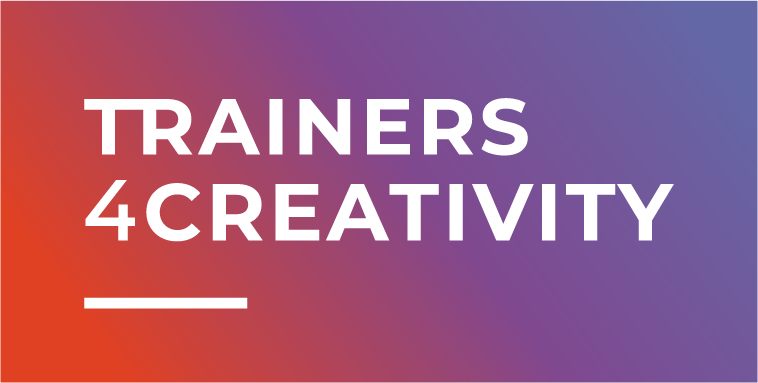VISUAL TRAINING KIT
Digital tools and tips for Youth Workers active in creative and cultural areas
How Audiovisuals can improve my work?
Introduction:
In today’s digital age, audiovisual tools and techniques have become a crucial part of our daily lives. From social media to virtual communication, audiovisuals have revolutionized the way we interact with each other and the world around us.
For teachers and youth workers, incorporating audiovisuals into their work is not only a fun and engaging way to teach and communicate but also an effective tool for enhancing the learning experience. Audiovisuals can help students understand complex concepts, encourage creativity and imagination, and make learning and sharing more interactive and enjoyable.
However, the audiovisual field is a vast and multifaceted domain with a lot different skills, techniques, workflows, hardware and software tools involved and with a huge number of possible outcomes: dealing or incorporating audiovisual materials into teaching methods requires certain skills, knowledge, and equipment that may not always be readily available to teachers or educators.
It isn’t just the visual arts that provide benefits. A study found that music engagement, visual arts therapy, movement-based creative expression, and expressive writing all had positive effects on health and promote healing. Music was shown to calm neural activity in the brain which may reduce anxiety and increased immunity. Art gives us a way to express ourselves in ways words cannot. Movement-based creative expression such as dance has physical as well as psychological benefits, including word recall and increased self-esteem. Expressive writing (journaling deep thoughts, feelings, and emotions) has been shown to reduce depression and lessen pain severity.
Finally, it appears that creatively working with our hands in projects, also boosts happiness by way of decreasing stress, relieving anxiety, and modifying depression. The repetitive routine allows our minds to rest and may help us to enter a “flow”state in which we become fully absorbed in a task, losing track of time. Hungarian psychologist Mihaly Csikszentmihalyi, one of the founders of positive psychology, studied this flow state and discovered higher self-esteem, engagement, and greater long-term happiness as a result of being in flow.
All very good reasons why it is crucial to organize creative activities for our youngsters’ well-being. The list of benefits is long and we are sure that you have experienced many as youth trainers. One not to forget is that our future is very much in need of creative thinkers and creators who can tackle the many challenges awaiting us. Thus, we hope you will find some inspiration in this kit to organize new creative activities in your organizations.
Purpose of the Visual Training Kit
The main goal of this training kit is to provide Teachers and Youth Workers basic tips, tools and guidelines in order to deal with some basic yet important fundamentals on audiovisual workflows that can directly be applied into their everyday work such as:
- creating appealing presentations and learning materials
- using audiovisuals in a creative and innovative way into their projects
- creating recap videos of their projects
- shooting and editing interviews or video tutorials
- communicate their projects in an appealing way
- dealing with social media engagement in a dynamic and appealing way
- use audiovisual workflow as a mean of enhancing their teaching classes or projects
- producing audiovisuals that are compelling to technical specs required by main social and digital platforms
Due to the vastness of the topic the VISUAL TRAINING KIT is meant to be a reference and starting point which can provide ideas, directions and examples for everyone to develop in their own context and way to go deeper into a subject or topic of interest.
Used in conjunction with the others T4C’s Training Kits available here on the website it became part of the multifaceted and innovative approach that is T4C project ‘s main goal .
What you will find inside the visual training kit?
The Visual Training Kit is divided into 2 sections:
- Tools section in which you will find a list of chosen software tools that can help you dealing with various needs of basic audiovisual workflow, or to discover new tools that can inspire your creativity into some innovative ways of working with audiovisual
- Tips & Guidelines section in which you will find useful yet concise guidelines and precise tips for dealing with specific audiovisual workflows, products or outcomes such as recap videos, interviews or tutorials.
Visual Training Kit Case Studies
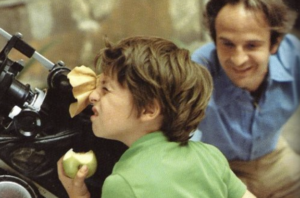
AIACE TORINO Didactical Program
Aiace Torino’s courses are aimed at schools of all types and grades, following three main lines of intervention that deal with cinema such as: LANGUAGE,
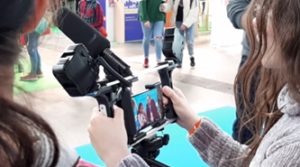
Cinephone kids
Cinephone Kids is born from the commitment of Cinephone Film Festival in collaboration with town halls, schools and institutes so that students can train and
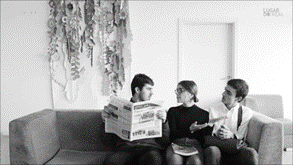
Lumière in the Classroom
Lumière in the Classroom Anterior Siguiente Synopsis Lumière na Sala de Aula (Lumière in the Classroom) is a pedagogical project proposed by AO NORTE to
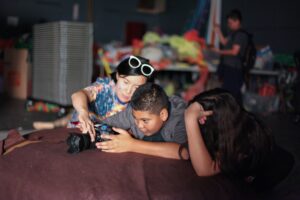
OMG Cameras Everywhere
OMG Cameras Everywhere is a week-long camp that gives children the chance to pick up cameras and make music videos and short films with some

Project DIMPA
Project DIMPA Synopsis The project DIMPA funded by Erasmus+in 2018 includes free or financially accessible tools, not requiring particular skills and allowing to quickly produce
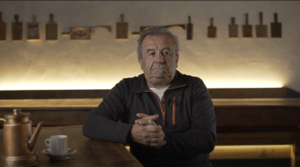
Re-Discover Community
The aim of the project is to involve young people to rediscover their community, its culture and its traditions, through practical activities that use the
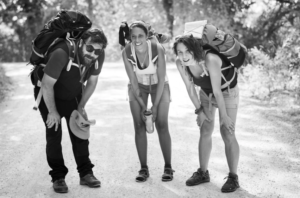
Visioni in movimento
VISIONI IN MOVIMENTO is a European-wide format that, involving local film industries, will produce two new audiovisual products at each edition, with the aim of
